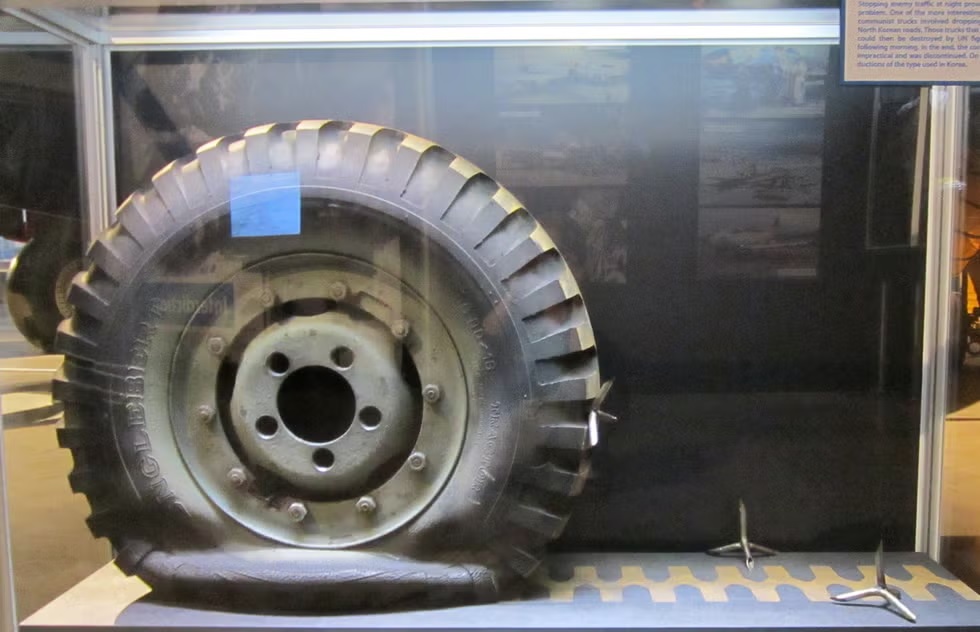Ukraine Is Using a Weapon From Dungeons and Dragons to Wreak Havoc on Russian Trucks
In a fusion of ancient tactics and modern technology, Ukrainian forces have employed small, low-cost quadcopter drones to scatter caltrops—spiky metal objects used in warfare for centuries—along key supply routes in Russian-occupied territories. Recent videos circulating on Russian and Ukrainian social media showcase these civilian-style drones dropping thousands of caltrops at night, specifically targeting roads used by Russian military vehicles.

Caltrops, designed to deflate tires and immobilize vehicles, have long been used in fortified defensive positions. Now, Ukraine has elevated the strategy by using drones to deliver them in strategic locations. The result? Russian wheeled vehicles, rendered motionless, become easy targets for air and artillery strikes. Even vehicles that are recovered remain temporarily unusable, straining Russian maintenance operations.
Russian social media accounts have expressed frustration over this tactic, with one user lamenting how his Tiger infantry mobility vehicle was crippled by the caltrops. Another mechanic shared his frustrations in a video, describing the damage done to a fleet of Russian trucks, including a GAZ-66 and two Ural-4320s, all of which were rendered useless after running over the caltrops.

The use of caltrops is not new to Ukraine. In fact, blacksmiths from ‘Art of Steel,’ a company specializing in medieval armor, began mass-producing caltrops during the early days of the war. But combining them with drones marks a tactical evolution, showing Ukraine’s ingenuity on the battlefield.
The caltrop, an ancient weapon known for disabling horses and later vehicles, continues to evolve in modern warfare. Historically used by Romans and Greeks, and more recently in World War II, Ukraine’s adaptation proves that some old weapons never go out of style—only their methods of delivery change.


